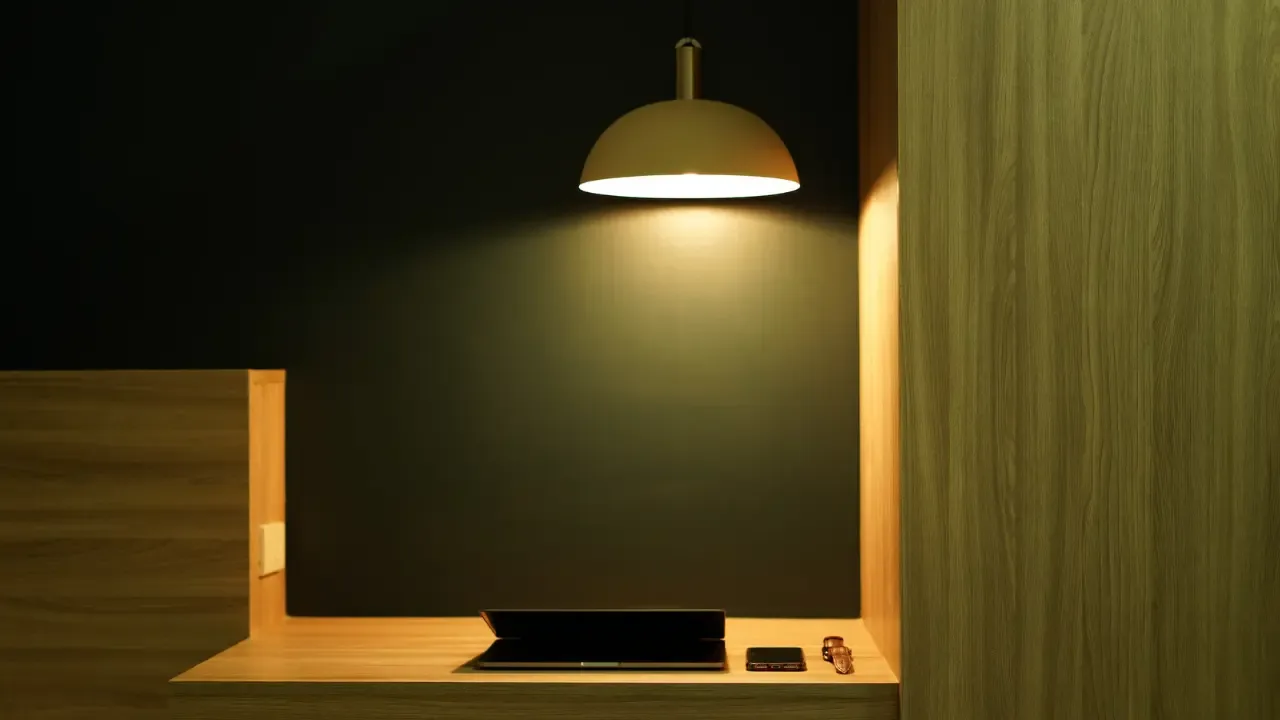Can I draw rectangle in XML?

Can I draw a rectangle in XML?
So, you want to draw a rectangle using XML instead of programmatically? 🤔 You're in luck! XML can be a powerful tool for designing layouts and shapes, including rectangles. In this blog post, I'll guide you through the process of drawing a rectangle in XML, covering common issues and providing easy solutions. Let's get started! 💪
Understanding the Basics
First things first, let's clarify what XML is. XML stands for eXtensible Markup Language and it's a popular markup language used for structuring and storing data. In the context of designing layouts, XML is commonly used in conjunction with tools like Android XML or HTML for web development.
Defining a Rectangle in XML
To draw a rectangle in XML, you'll need to use a special XML element called a shape. This element allows you to define the appearance of the shape, including its color, stroke, and size.
Here's an example of a basic rectangle defined in XML:
<shape xmlns:android="http://schemas.android.com/apk/res/android">
<solid android:color="#FF0000" />
<stroke
android:width="2dp"
android:color="#000000" />
<corners
android:topLeftRadius="10dp"
android:topRightRadius="10dp"
android:bottomLeftRadius="10dp"
android:bottomRightRadius="10dp" />
</shape>In the above example, we use the <solid> element to specify the color of the rectangle, the <stroke> element to define the stroke width and color, and the <corners> element to give the rectangle rounded corners. The values inside the attributes (android:color, android:width, etc.) can be customized according to your desired design.
Common Issues and Solutions
Issue 1: Rectangle Not Showing
If you've defined the rectangle in XML but it's not appearing on your layout, there are a few things you can check:
Make sure you've assigned the XML shape to an appropriate view. For example, if you're using Android XML, you might want to set the
android:backgroundattribute of aViewelement to the shape.<View android:layout_width="200dp" android:layout_height="200dp" android:background="@drawable/your_rectangle_shape" />Confirm that the shape file is located in the correct directory. For Android XML, shape files are typically stored in the
res/drawableorres/drawable-*dpidirectory.
Issue 2: Rounded Corners Not Working
If your rectangle's rounded corners are not being displayed correctly, it could be due to one of the following reasons:
Verify that your device is running on a version of Android that supports rounded corners. Some older versions may not display rounded corners correctly.
Check if you have set the radius values correctly in the
<corners>element. Make sure that theandroid:topLeftRadius,android:topRightRadius,android:bottomLeftRadius, andandroid:bottomRightRadiusattributes are defined and have positive values.
Let's Get Drawing! ✍️
Now that you know how to define rectangles in XML and how to troubleshoot common issues, it's time to put your knowledge into practice! Experiment with different colors, strokes, and corner radii to create unique and eye-catching rectangle designs for your layouts.
Remember, the examples and techniques provided in this blog post are applicable to various XML-based layout systems, including Android XML and HTML. So, whether you're designing an Android app or a web page, you can use the knowledge gained here to draw awesome rectangles using XML!
So, what are you waiting for? Start designing and share your creative rectangles with the world! 🎨💡
If you have any questions or want to share your experiences with drawing rectangles in XML, drop a comment below. Let's learn and create together! 😊🚀


